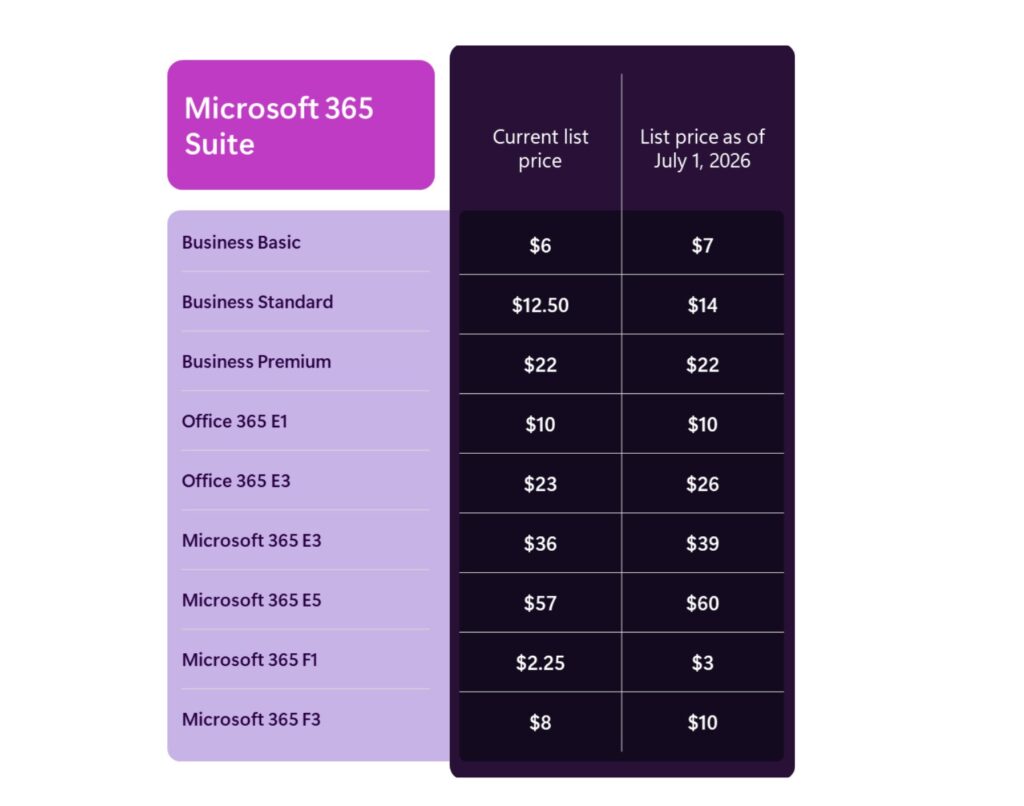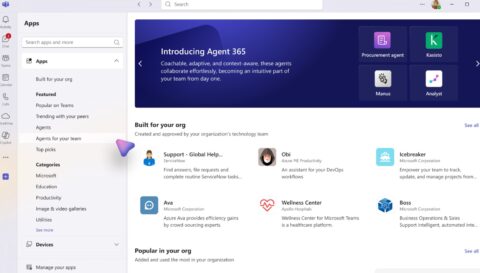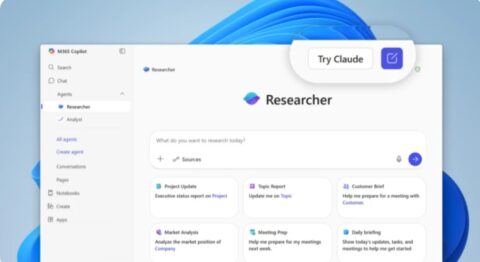December 4, 2025
BlogMicrosoft to increase Office suite prices across the board starting July 2026
Microsoft will be increasing pricing for its commercial Microsoft 365 and Office 365 suites beginning July 1, 2026.
Company officials attributed the increase to the inclusion of AI capabilities such as Copilot Chat, along with security and management add-ons it is bringing to the Office and Microsoft 365 commercial suites.
Microsoft 365 E3’s list price will increase from $36 USD per user per month to $39 USD per user pe month. Microsoft 365 E5 also will increase by $3 USD per user per month — from $57 USD to $60 USD. The Microsoft 365 F1 SKU is going from $2.25 USD to $3 USD per user per month; F3 is going from $8 USD to $10 USD per user per month. Officials said nonprofit pricing will be “adjusted in line with commercial pricing, as it is tied to commercial rates through a fixed percentage discount.” Government Office suite pricing is going up, as well; in some cases phased over two years.

In 2022, Microsoft increased prices of most of its Office 365/Microsoft 365 subscriptions, also citing the expansion of features as the reason. At that time, E3 went from $32 USD to $36 USD per user per month, but held the price of E5 steady at $57 USD per user per month to try to increase usage of that particular version. In 2024, Microsoft also increased prices of its on-premises Office servers by 10%.
More Built-In Features
In a Dec. 4 blog post, Microsoft officials detailed some of the features the company recently added and/or planned to add to Microsoft 365 suites for no additional charge. Among those features:
- M365 plans now include Copilot Chat Word, Excel, PowerPoint, Outlook, and OneNote. Microsoft will still contine to charge an additional $30 USD per user per month for a full M365 Copilot license (on top of the more expensive Office subscriptions).
- Microsoft 365 E3 and Office 365 E3 are getting Defender for Office Plan 1’s enhanced email security features.
- Microsoft 365 E3 and E5 are getting certain Intune capabilities, including Intune Remote Help, Intune Advanced Analytics and Intune Plan 2. E5 customers also get Intune Endpoint Privilege Management, Enterprise Application Management and Microsoft Cloud PKI. (These capabilities will continue to be available as separately priced add-ons.)
- Microsoft 365 E5 customers are getting Security Copilot features. (Currently, only M365 E5 customers who purchased Security Copilot are getting these, but the plan is to make them available to all M365 E5 users “in the coming months.)
Teams Pricing Tweaks
In other related pricing news, Microsoft recently tweaked its availability and pricing for its Microsoft 365 suites with and without Teams.
Starting Nov. 1, as the result of an agreement with the European Commission, new customers worldwide were able again to purchase M365 and Office Enterprise suites that include Teams. And per European Commission requirements, Microsoft increased the delta between the price of M365 and Office 365 suites with and without Teams.
The new pricing:
- M365 E3 (with Teams) is $36 USD per user per month
- M365 E3 (no Teams) is $27.45 USD per user per month.
- M365 E5 (no Teams) is $48.45 USD per user per month
- M365 E5 (with Teams) is $57 USD per user per month
- M365 F3 (no Teams) is $6.93 USD per user per month
- M365 F3 (with Teams) is $8 USD per user per month
(Note: These prices will all be increasing as of July 1, 2026, as noted above.)
Microsoft also agreed to provide better interoperability and data portability as part of its agreement with the European Commission. The company said it will allow third-party communication and collaboration solution providers to access M365 and Teams the same way other software companies developing add-ins do.
Microsoft also said it plans to make available application programming interfaces (APIs) that enable access to customer data from Entra ID, Exchange Online, SharePoint Online and OneDrive in a way that is “effectively equivalent” to what Teams accesses from these services. And it will provide APIs and tools to help customers export their information from Teams for use in other third-party solutions, if desired. Microsoft didn’t provide timing for any of these commitments.














